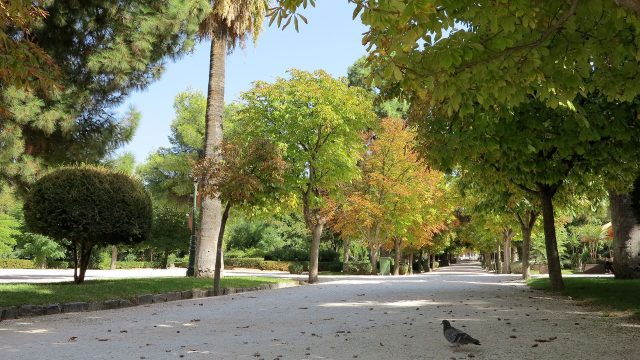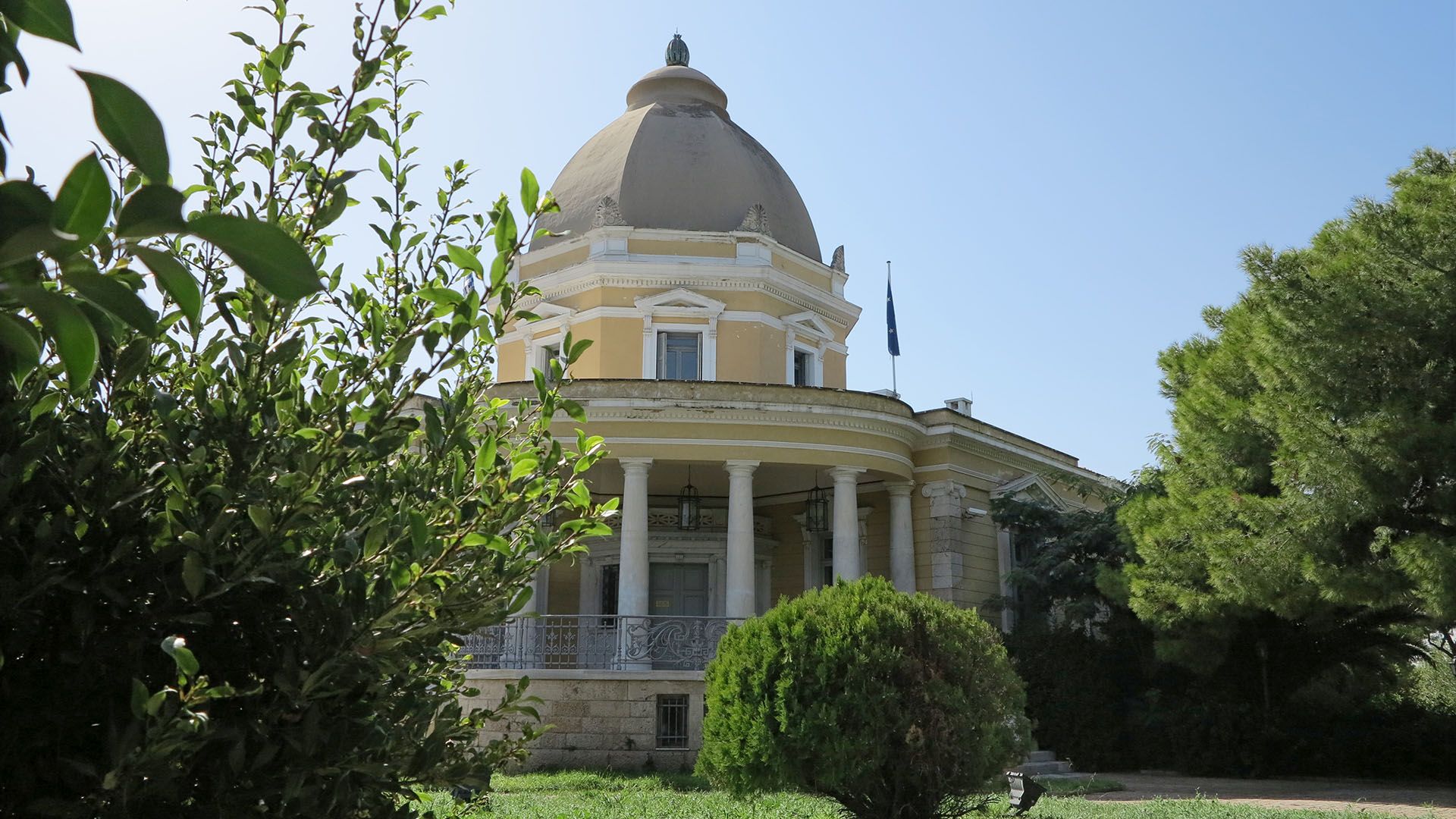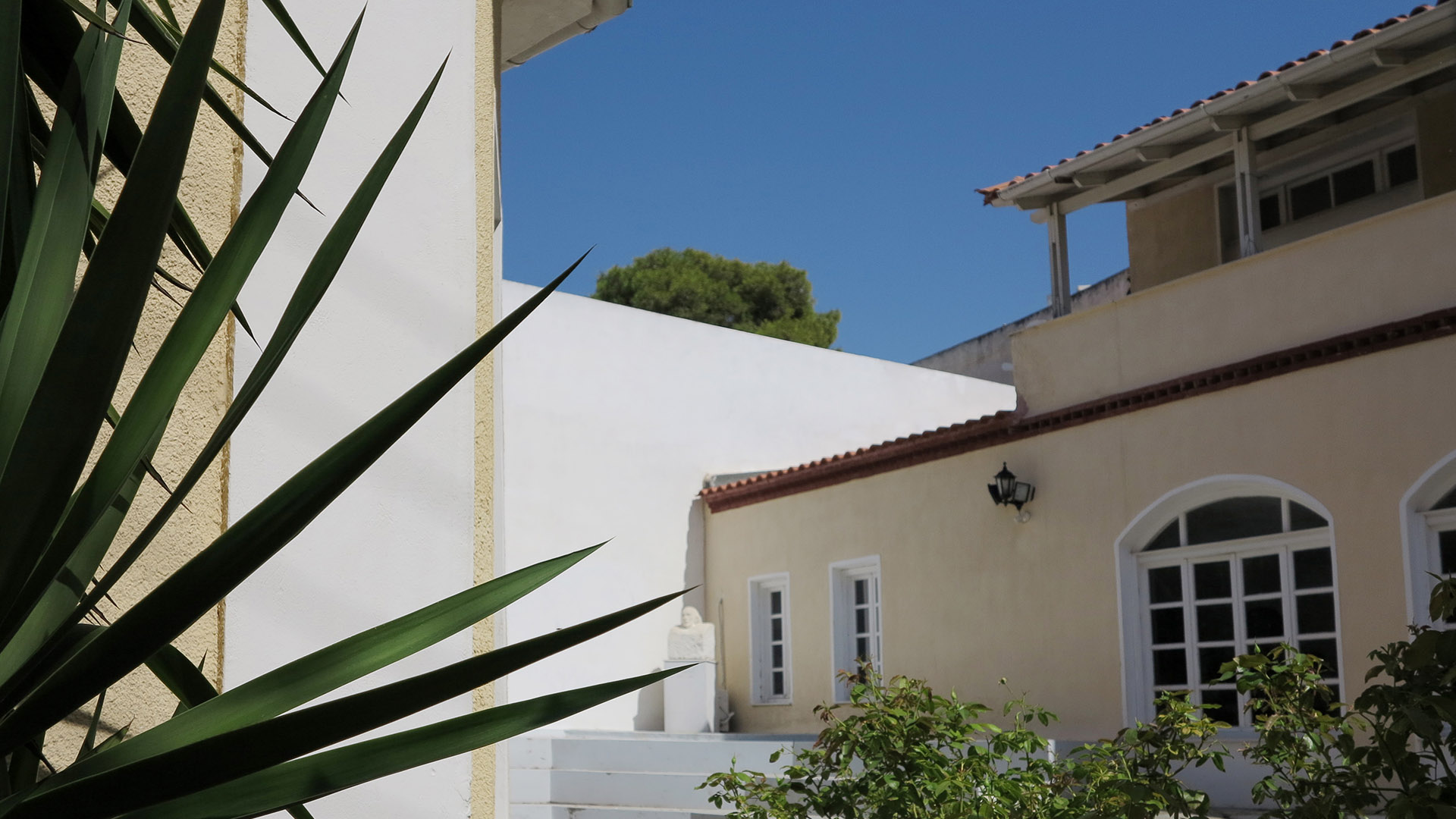Goulandris Natural History Museum
Goulandris Natural History Museum
The Museum is located in Kifissia, 14.5 kilometers N.E. Athena’s. It is housed in an elegant neoclassical building of the last century (1875). It was shaped and expanded during the years of its operation, in order to be a suitable space for the museum needs – scientific and educational – of the Foundation. In 1991, the Museum founded the Hellenic Center for Habitats and Wetlands (HCHW) in Thessaloniki with the contribution of the General Directorate XI of the European Communities and the Ministry of the Environment. Its purpose is to contribute to the prevention and reversal of the loss of natural habitats in Greece and the wider region. In 1999, in view of the new millennium and the ongoing degradation of the natural environment, he proceeded to create the Center for Environmental Research and Education GAIA, with the contribution of the EU and the Ministry of Environment, Spatial Planning and Public Works (acronym Y.PE.HO.DE.). Its purpose was to function as the museum of the future, as a pioneering center of scientific research and education, drawing a new environmental policy in Greece, in Europe and internationally. At the same time, in Crete the Mastaba Mosque of Rethymnon was restored, where paleontological and geological collections of Crete were exhibited.
The Museum today includes the Goulandris Museum of Natural History and the Gaia Center, which are two different but communicating buildings. They are both cultural bodies with the common goal of studying, preserving and protecting the natural environment. Its rooms host the exhibits of its four main fields (terrestrial zoology, botany, hydrobiology, and mineralogy-paleontology). In the Gaia Center, founded in 2001, a first acquaintance with the planet is made in an interactive way, with the variety of its landscapes, its vegetation and animal wealth and the influence of man on the environment.
The Museum’s collections today number hundreds of thousands of specimens and constitute a valuable national capital, a data banks of the Country, a basis for all scientific research and application in the fields of environmental policy, agriculture and forestry. Knowledge of biodiversity at all levels, geographical distribution, ecological and stratigraphic observations, are elements that arise during the development of the collections and support environmental studies, archaeological and archaeometric research, geological and paleontological work, paleobotany and paleogeology, but also studies pertaining to medicine and pharmacognosy. In addition, they are an excellent tool for the development of publishing and educational activities.
Within the framework of the Information Society program “”Documentation, Digitization and Highlighting of the Collections of the Goulandris Museum of Natural History”” the digital documentation of specimens was carried out (data entry of 81,000 specimens from the Botany, Hydrobiology, Terrestrial Zoology and Geology-Paleontology collections and digitization of 6,000 specimens from these collections). A representative sample of the digitized material can be searched online in the Museum’s Collections Database. Its purpose is to function as the museum of the future, as a pioneering center of scientific research and education, drawing a new environmental policy in Greece, in Europe and internationally.











